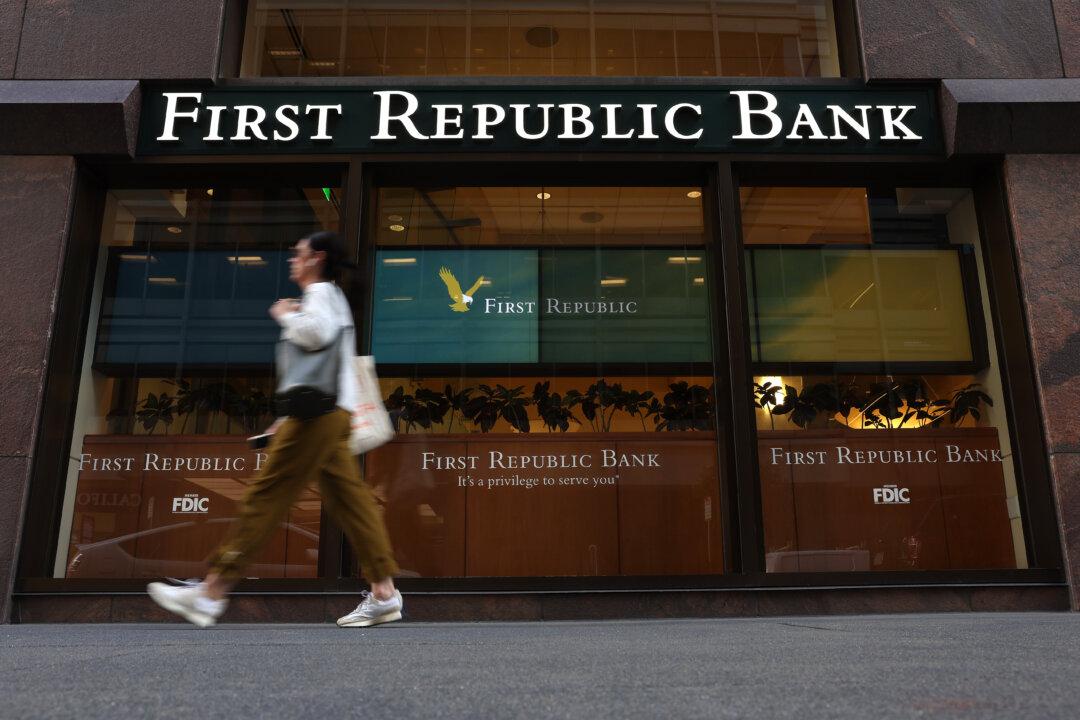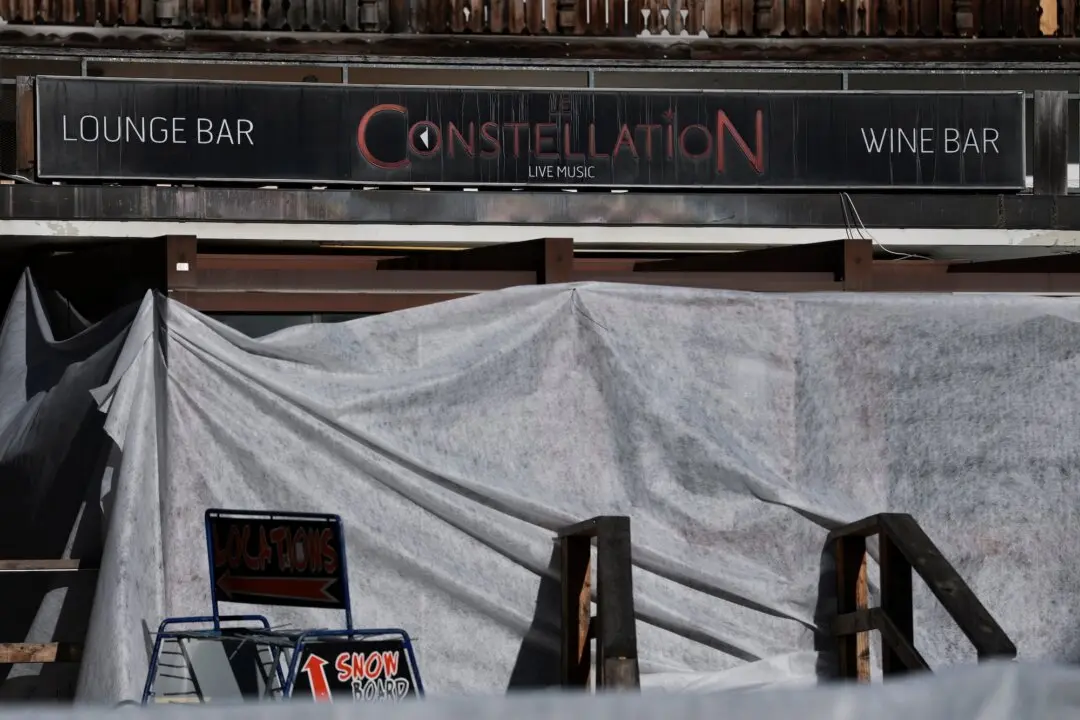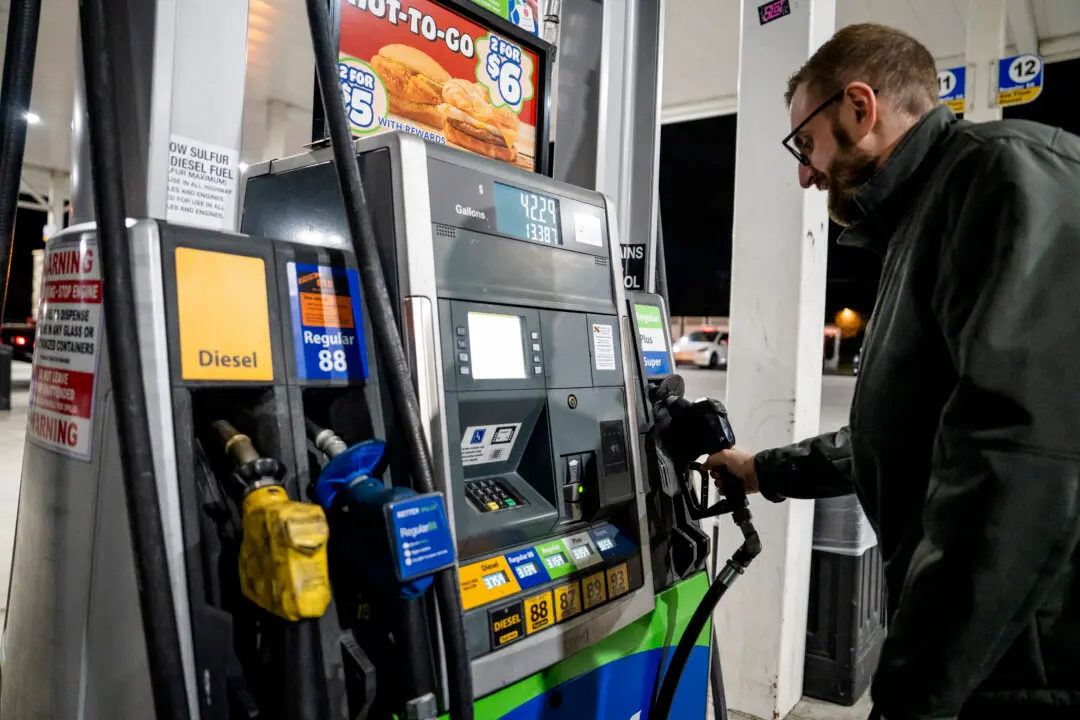First Republic Bank has been seized by the Federal Deposit Insurance Corp. (FDIC), which announced on May 1 that the beleaguered bank is being bought by JPMorgan Chase.
California financial regulators on May 1 ordered First Republic Bank closed, with the FDIC appointed as receiver.





